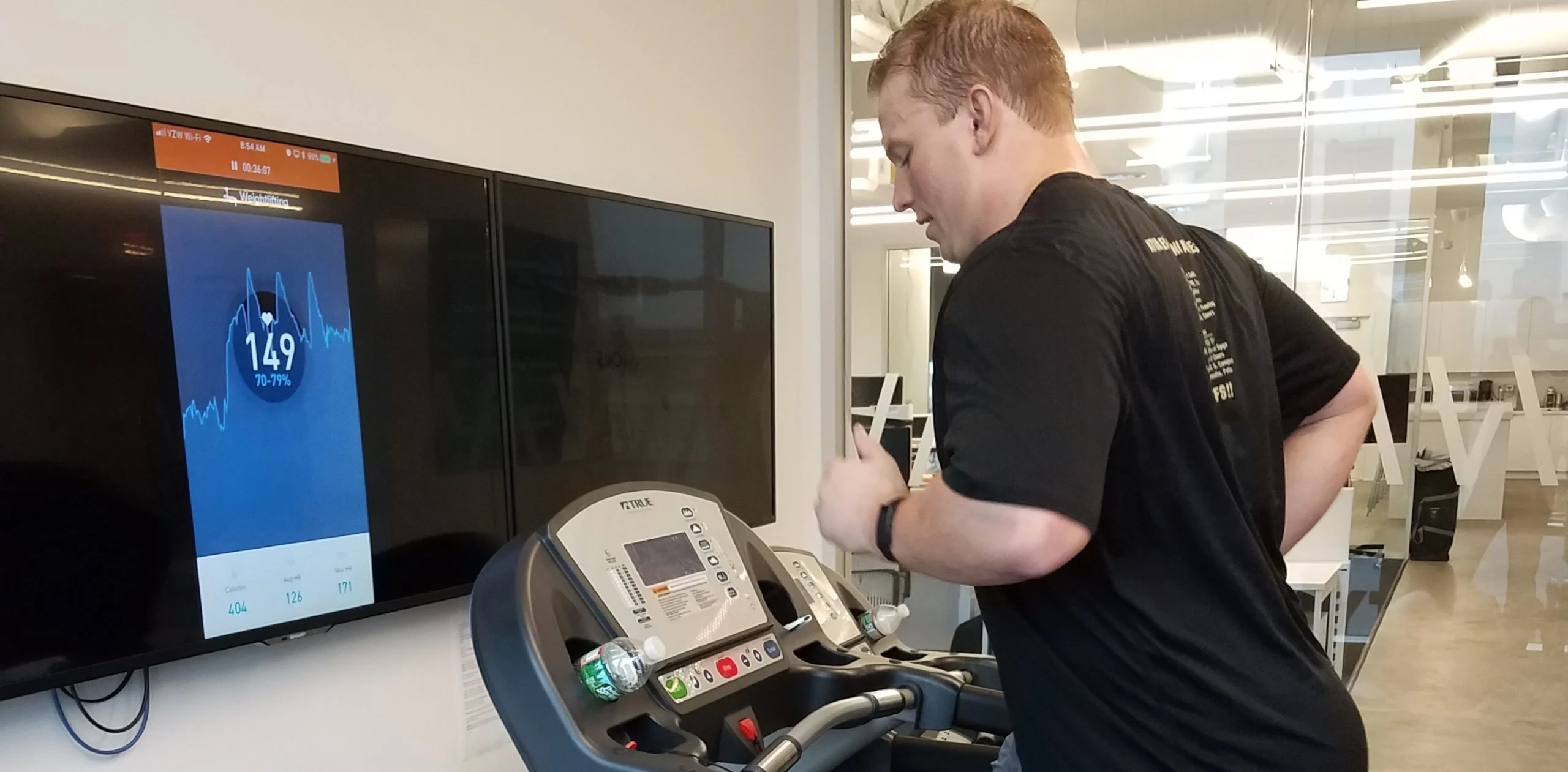Topics
- Article
5 Ways NFL Players Recover & How You Can Too

I recently spoke with two of my former teammates on methods they use to recover throughout the grueling NFL season (and offseason as well). Below are five key takeaways that can benefit athletes of all levels.
How NFL Players Recover
My journey in the NFL is no different than most players--we strive to compete at the highest level for as long as possible. To be able to perform week in and week out, recovery is critical. Recovery protocols differ widely from player to player. We each create our own ecosystems of people and processes that we believe make us feel and play better. When rookies enter the league, the smart ones go around to the veterans and ask for tips on what they do take care of their bodies. Saunas, steam rooms, hot/cold tubs, cryotherapy, acupuncture, massage, shock therapy, neurofeedback, electro-stimulation, cranial sacral therapy, chiropractic, and transcranial photobiomodulation are just a few of the less crazy recovery techniques you might observe in an NFL locker room. Learn More: Patrick Mahomes’ WHOOP Data - Quantifying the Strain of an NFL Season
Dry Needling
Dry needling is a form of deep tissue work in which a therapist inserts a hypodermic needle through the skin and into muscles to release myofascial adhesions. A former teammate, Luke, used dry needling this past season to increase mobility and movement after tough games. “Later in the season like Week 13, 14 and 15, when guys were struggling, I still felt pretty fresh,” he told me. You don’t need to see an acupuncturist for dry needling, most states allow physical therapists to administer it. The reason it’s called “dry” needling is because nothing is injected under the skin. Here’s a link to find a therapist that does dry needling near you: https://www.novacare.com/contact/locations/
Massage
We all know massage will help you recover--but it's not just any massage for NFL players, it’s a specific kind of massage called ART (Active Release Technique) or MAT (Muscular Activation Technique). ART and MAT are forms of manual therapy that focus on increasing range of motion and releasing stuck myofascial and neural connections in muscle groups. “General massage helps move things around, but using MAT to make sure there aren’t heavy asymmetrical imbalances in your body makes you less at risk of injury,” Luke said. Another former teammate, Richie, told me that he has three sessions during a typical in-season week, two general massages and one with a dedicated ART specialist. He also schedules two sessions per week with a chiropractor. Here are links to find MAT/ART specialists in your area: https://muscleactivation.com/clients/find-a-specialist/ http://www.activerelease.com/find-a-provider.asp
Nutrition
Luke credits sleep and nutrition as the two things that factor most into recovery. Nutrition is critically important during periods of high-intensity exercise in order to maintain optimal performance. Understanding specific macronutrient needs will help replenish what you use during the day, and enable the growth needed to adapt to your training. As a professional football player myself, I have to eat nearly 6000 calories per day in order to maintain my bodyweight. It’s important to distinguish between dietitians and nutritionists--all dietitians are nutritionists but not all nutritionists are dietitians. There are exams, education, and continuing ed requirements necessary to become a registered dietitian. Every high-level athlete should consult a dietitian in order to determine individual goals and put together a diet plan with specific macronutrient ratios. You can find a list of local registered dietitians here: https://www.eatright.org/find-an-expert
Sleep
Research shows that sleep extension can dramatically improve cognitive and physical performance on the field. For example, consider the results of a study published by the Oxford Academic Sleep Research Society on basketball players. Participants ran a 282-foot sprint in an average of 16.2 seconds before a period of sleep extension, compared to only 15.5 seconds afterwards. Additionally, free-throw percentage increased 9%, while three-point percentage rose 9.2%. “Understanding sleep was big for me,” Richie explained. “It was the one thing I wasn’t able to monitor well. I had tried a bunch of apps, things under the bed, but nothing synced up heart-rate-monitoring with sleep and recovery.” That mindset pointed him in the direction of No. 5 on this list...
WHOOP
Richie is now a huge proponent of using WHOOP to aid in recovery. He wears it to track the quantity and quality of the sleep he gets, as well as to gauge the stress his body undergoes throughout the season and during NFL games. It enables him to understand how ready he is to take on strain each day. “I got into using WHOOP to learn more about my recovery and my sleep,” Richie said. “It was super resourceful for me to put a number on things. It was also interesting to be able to look at all the data and assess it myself without someone else explaining it to me.” WHOOP prides itself on putting actionable data directly into the hands of athletes. With WHOOP, Richie is able to see how NFL games affected his daily strain and recovery. He told me that his body often puts in two to three times more work on game days than during the week of practice. “If WHOOP is properly used and introduced into an athlete's life, I really do think it can be a game changer,” he proclaimed. “It puts all that raw data in guys hands. Players can use that to prolong their careers.”